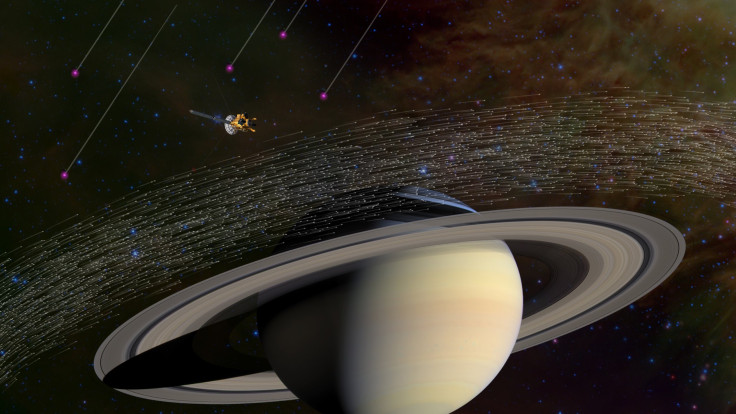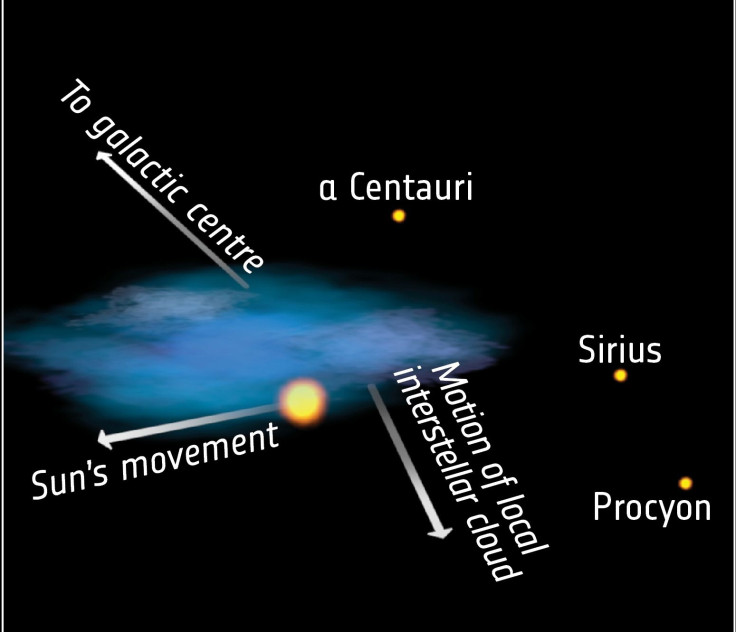NASA’s Cassini Spacecraft Analyzes Dust From Beyond The Solar System

The Cassini spacecraft has been locked in orbit around Saturn since 2004, and in that period, the spacecraft has not only studied the planet, its rings and its moons, it has also sampled millions of icy dust grains using its cosmic dust analyzer.
On Thursday, NASA and the European Space Agency (ESA) announced that Cassini had detected “faint but distinct” evidence of dust from beyond our solar system in the form of three dozen microscopic grains. Scientists believe these dust grains, which are moving at a breakneck speed of 45,000 miles per hour, originated in the local interstellar cloud — a region nearly 30 light-years across through which our solar system is currently moving.

“Cosmic dust is produced when stars die, but with the vast range of types of stars in the universe, we naturally expected to encounter a huge range of dust types over the long period of our study,” Frank Postberg from the University of Heidelberg, Germany, a co-investigator of Cassini’s dust analyzer, said in a statement.
“On average, we have captured a few of these dust grains per year, travelling at high speed and on a specific path quite different from that of the usual icy grains we collect around Saturn,” Nicolas Altobelli, Cassini project scientist at ESA, added.
Unlike the Ulysses and Galileo missions, which first detected alien dust shooting through our solar system in the 1990s, instruments aboard the Cassini space probe were able to analyze the chemical composition of the dust. Surprisingly, all the microscopic grains were found to have similar chemical makeup, and were made of elements like magnesium, silicon, iron and calcium.
According to the researchers who pored over the Cassini data, this is only possible if these particles were somehow made uniform through a repetitive process in the interstellar medium, such as repeated destruction and recondensation of bigger dust particles by events like supernova shockwaves that eventually created fine, microscopic granules.
© Copyright IBTimes 2024. All rights reserved.






















